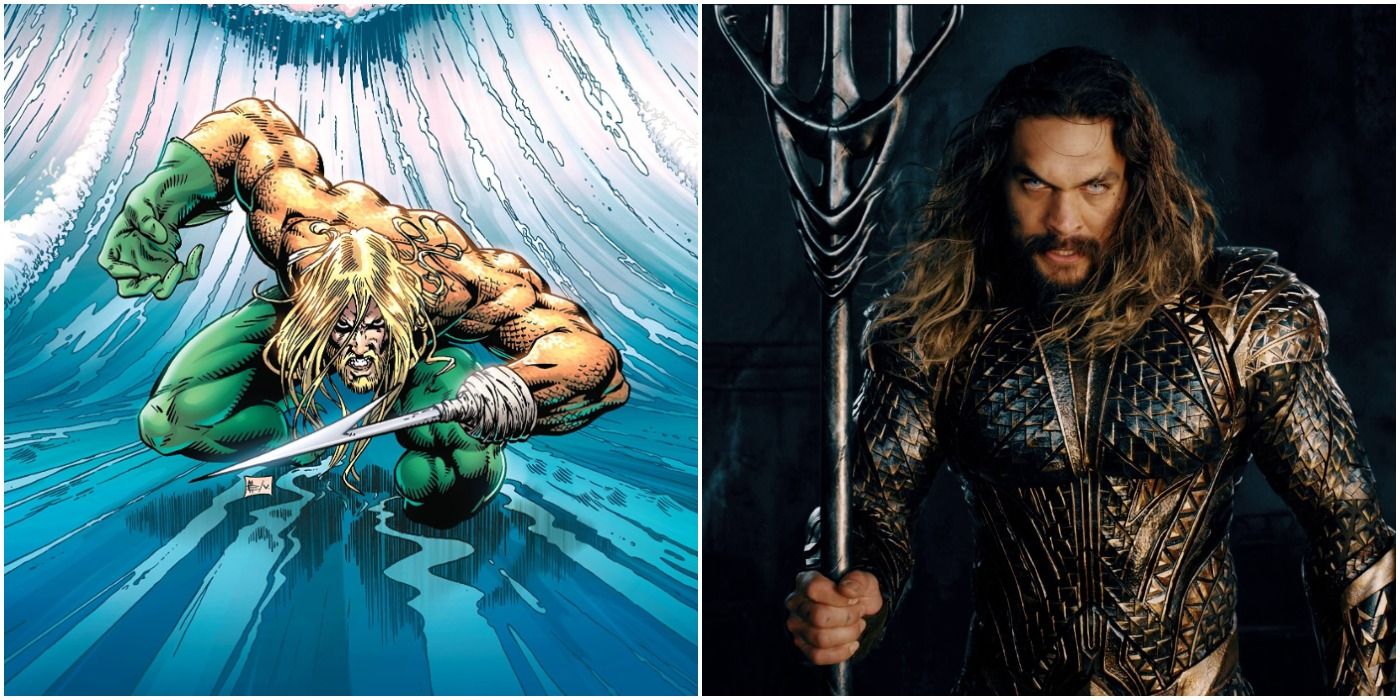
Most of Zack Snyder's filmography is made up of adaptations -- specifically, comic book adaptations. Of the eight films that Snyder has helmed, five were based on comic books, and four of those five were based on superhero comics published by DC Comics.
Snyder's films tend to stay faithful to their source material, in aesthetics if not spirit, so it should be no surprise that one can pinpoint specific comics that have had the most influence on his films.
10 Snyder Directly Adapted Watchmen
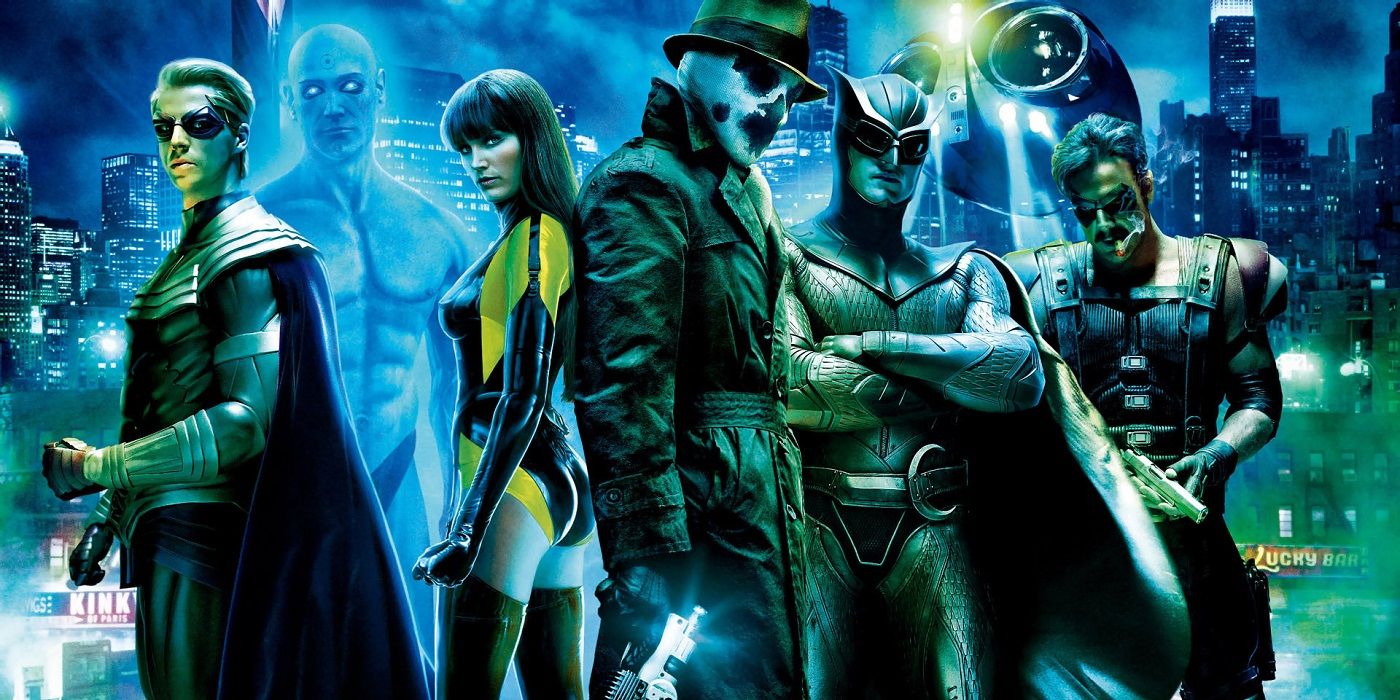
Snyder's third film as a director was the 2009 adaptation of Watchmen, Alan Moore and Dave Gibbons' canonical 1986-1987 deconstruction of the superhero genre. Snyder adapts the film nearly panel-for-panel, though with some changes to make the story function better as a cinematic narrative. In particular, the opening credits are a dazzling montage sequence set to Bob Dylan's "The Times They Are a-Changin," providing backstory that the book spelled out with pages from in-universe texts at the end of each chapter.
At the same time, Snyder also opts for stylization where the comic was down to earth. If Gibbons rendered the action and violence gruesomely, Snyder indulges in them, while also being far more taken with Rorschach compared to Moore. This simultaneous familiarity and disconnect between book and movie make Snyder's Watchmen an uncanny viewing experience.
9 Zack Snyder's Man Of Steel Took Much From John Byrne's
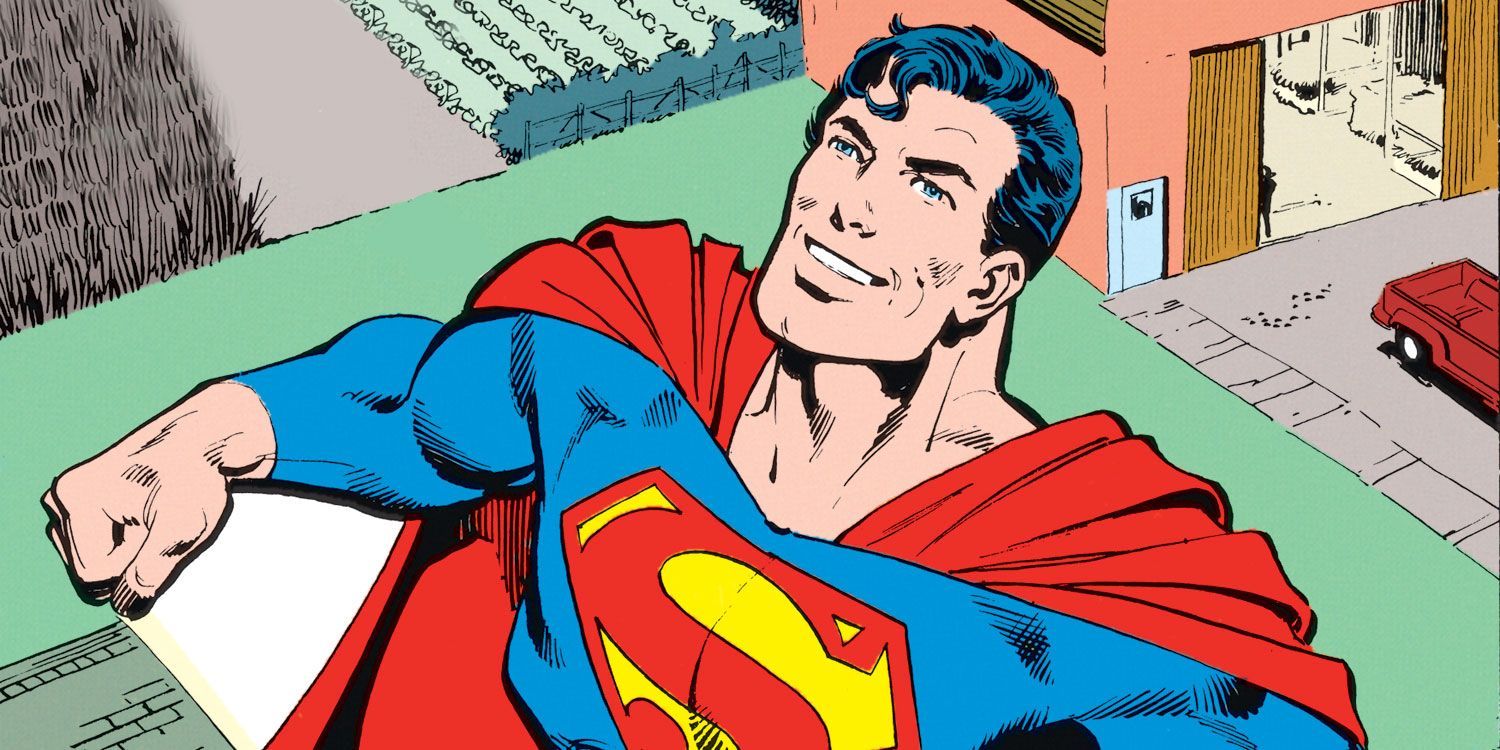
Zack Snyder's reboot of the Superman film franchise, 2013's Man Of Steel, shares a similar title to John Byrne's 1986 comic relaunch of Superman, The Man Of Steel. With that in mind, it's not surprising that, aside from Richard Donner, Byrne is the biggest influence on Snyder's Superman.
Both Snyder and Byrne aimed to modernize Superman for their contemporary era, bringing the character down to Earth. Both their stories also deal with a Superman torn between his two heritages, though this is also where the two creative minds differ. If Byrne favors the humanized Clark Kent, Snyder is more captivated by the alien, Godlike Kal-El.
8 The Dark Knight Returns Is The Main Inspiration For Batman V Superman
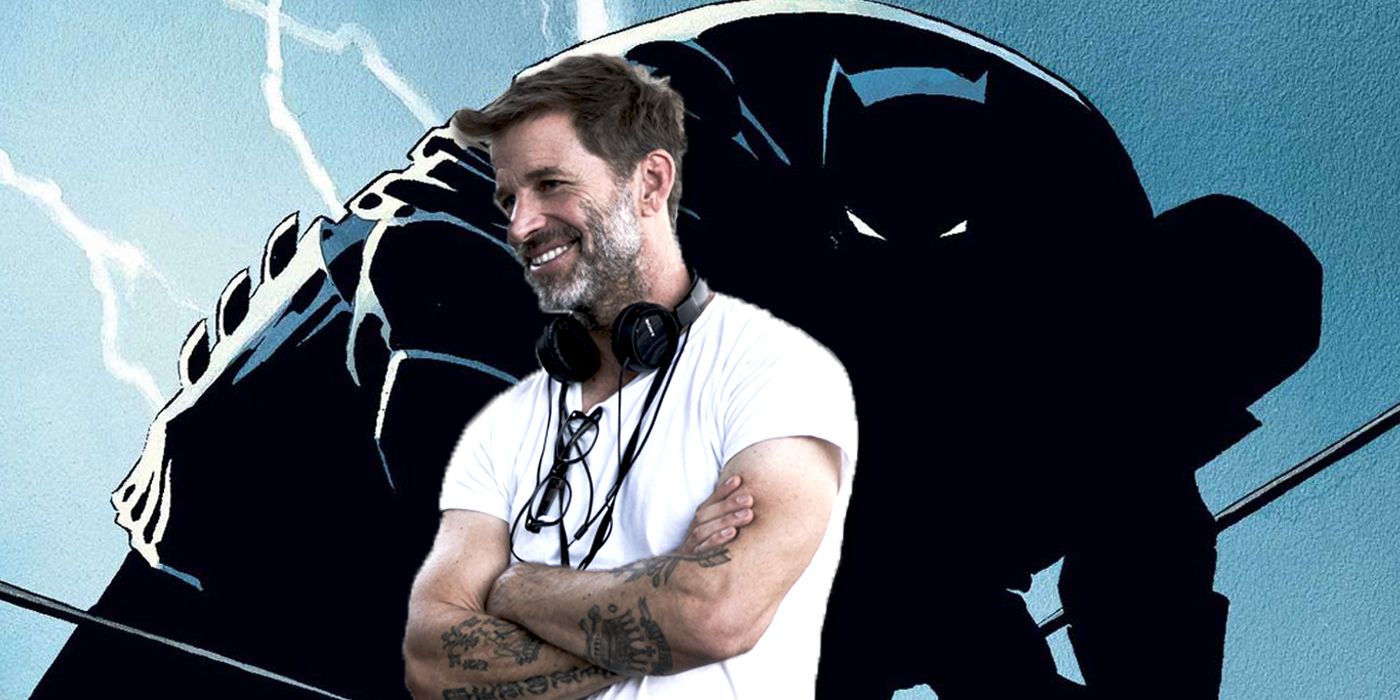
Frank Miller stands as one of Zack Snyder's greatest creative influences. In fact, Snyder's second movie was an adaptation of Miller's 300, told with the same page-to-screen fidelity as Watchmen. Snyder is also an on-record fan of Miller's The Dark Knight Returns, a book famous for featuring a clash between Batman and Superman in its climatic fourth chapter.
When Snyder helmed the first cinematic meeting between the two DC titans in his aptly-named, 2016 Batman V Superman, it's no surprise that he pulled from TDKR. Though not a direct adaptation, BvS has too many moments adapted from TDKR to count, some directly translated, some re-contextualized. The most visually apparent is the armor Batman uses to face off against Superman in both the comic and film.
7 Just Like The Comics, Snyder's Batman Had A Death In the Family
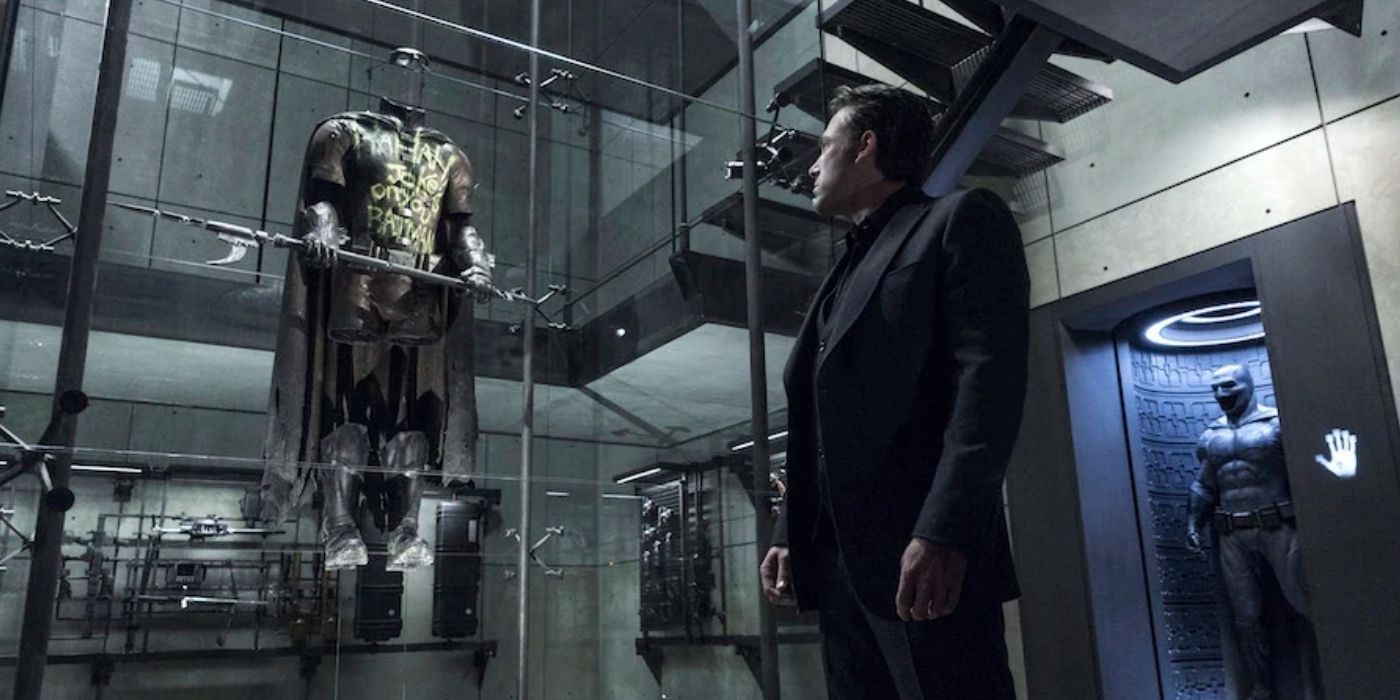
The Dark Knight Returns established that Jason Todd, the second Robin, had been murdered, an event that motivated Bruce's retirement. This was canonized into the mainstream DC continuity by Jim Starlin & Jim Aparo's "A Death In The Family," with the Joker as the culprit.
In Batman V Superman, Bruce looks mournfully at a strung-up Robin suit in the Batcave as a spray-painted taunt makes it clear who killed the Boy Wonder. In a major departure from both comics, however, Snyder intended this dead Robin to be Dick Grayson, the first (and in the DCEU, only) Robin. Snyder had planned to detail more about the Joker's murder of Robin in future movies, but it appears those plans will not be coming to fruition.
6 The Death Of Superman Looms Large Over Snyder's DC Trilogy
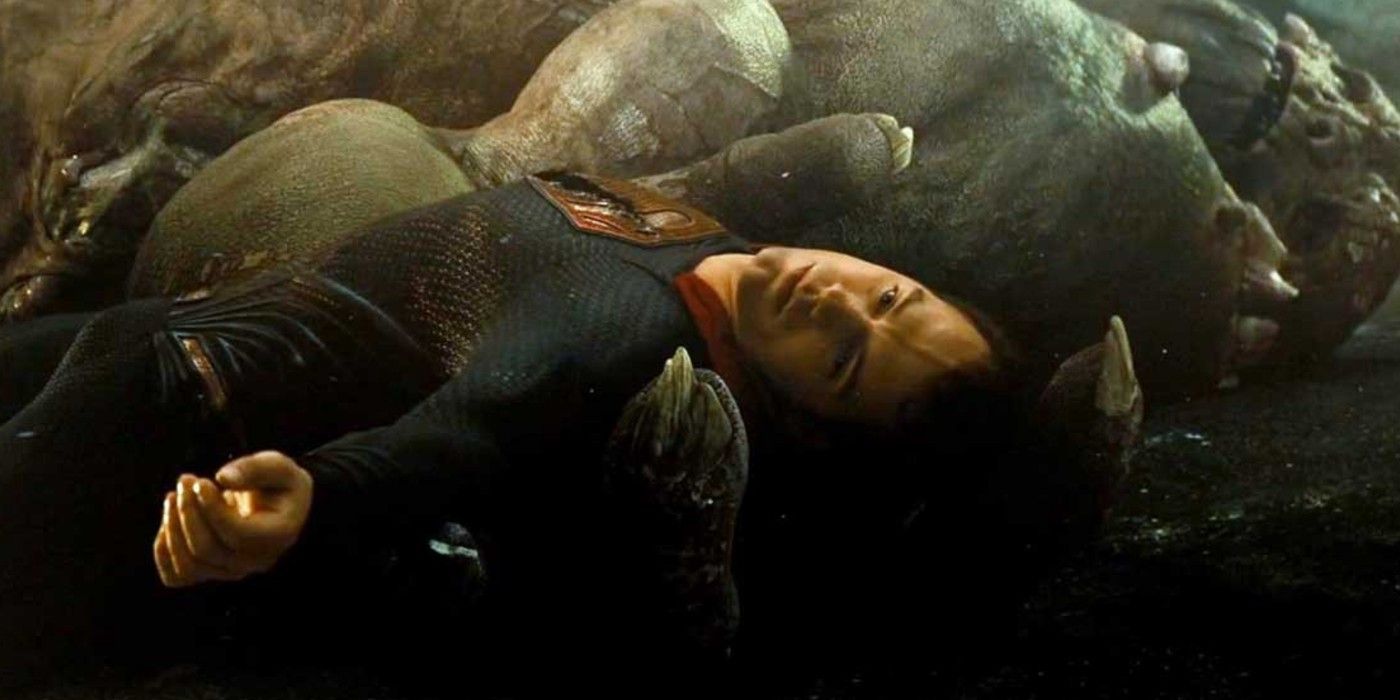
Though Superman was conceived in the tradition of Moses by his creators Jerry Siegel and Joe Shuster (both Jewish), Richard Donner's 1978 film reinterpreted him as a Christ-figure. This perception of Superman has lingered in the cultural consciousness and every subsequent Superman movie has fallen back on it, Snyder's certainly included.
Now, the crux of Christ's story is that he dies to save mankind. Snyder, remembering this, takes Superman's death while fighting Doomsday from the 1992-1993 crossover "The Death Of Superman," for BvS. Though the circumstances are different, Superman returned to life in both comics and film, and Snyder's cut of Justice League features the resurrected Superman wearing Dan Jurgens' black-and-silver suit from "The Return Of Superman." Superman is the constant of Snyder's DCEU movies, and with Snyder's contributions retroactively functioning as a trilogy, one can look at his DC trilogy as the birth, death, and second coming of Kal-El.
5 Jack Kirby's Fourth World Saga Is Foundational To Snyder's Justice League
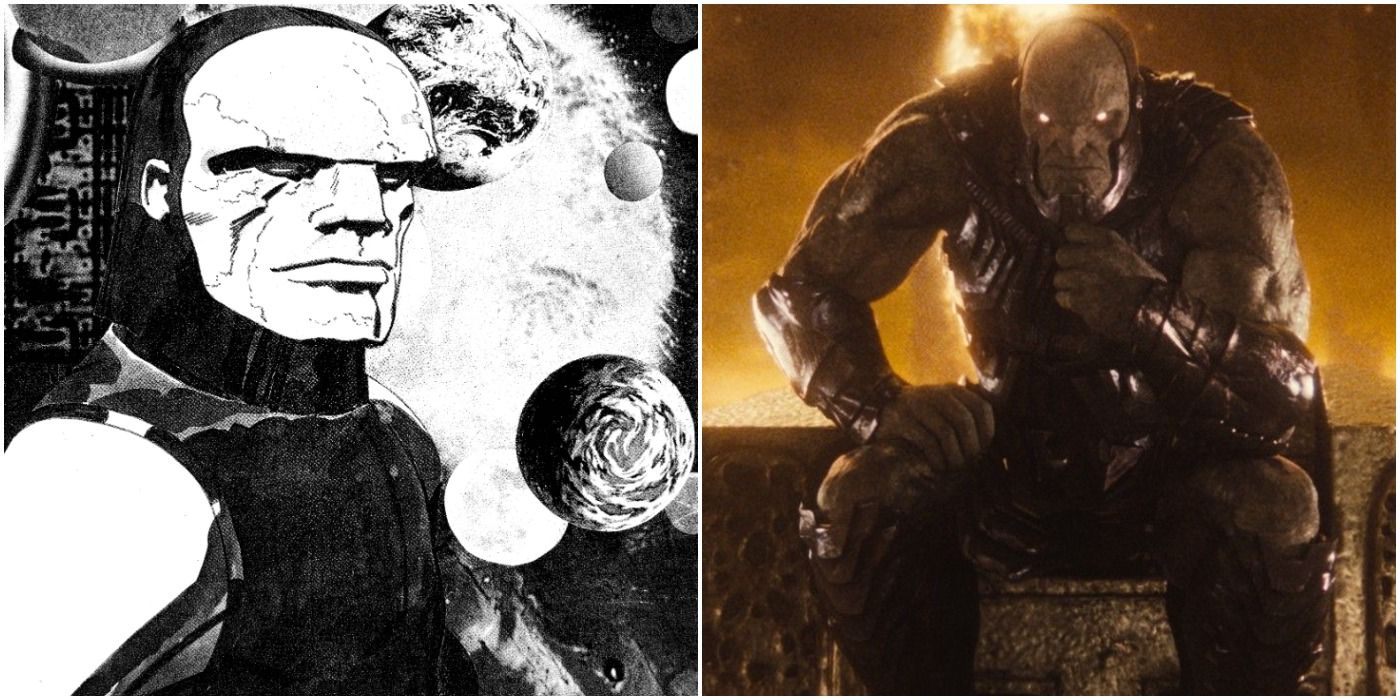
Jack Kirby's Fourth World saga, made up of New Gods, The Forever People, and Mister Miracle with supplemental stories in Superman's Pal Jimmy Olsen, was astonishingly ahead of its time. Many of the concepts and characters are similar to those found in Star Wars, but Kirby's comics premiered six years before George Lucas' film.
Though cut short in its original run, the Fourth World's influence on the DC Universe looms large -- Darkseid has ascended from merely the villain of the New Gods to the DC Universe's greatest villain. As Snyder's cut of Justice League shows, Darkseid, many supporting villains from Apokolips, and the Anti-Life Equation were all set to play major roles in his future plans. However, like Kirby before him, Snyder's vision has been forestalled.
4 The Knightmare Future Is Eerily Similar To The Future In JLA Story "Rock Of Ages"
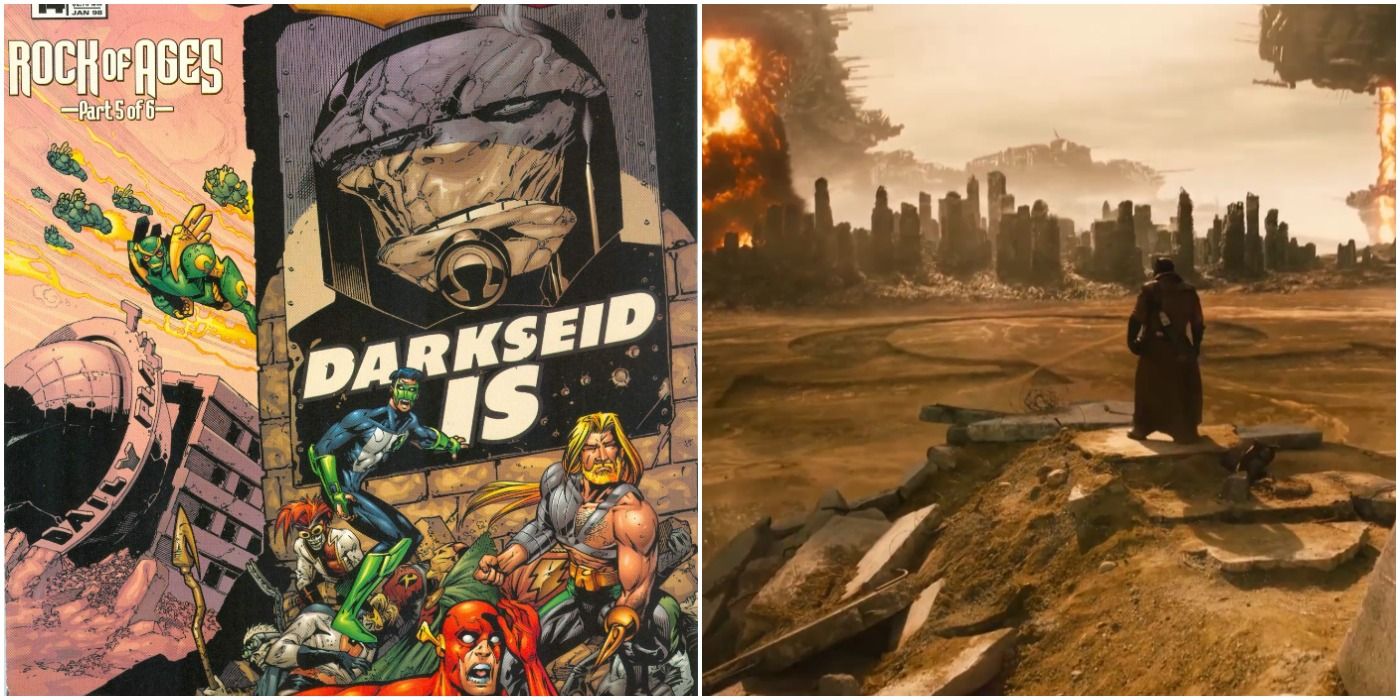
The Fourth World's legacy begins with Kirby, but it doesn't end there. One of the most famous stories featuring Darkseid is "Rock Of Ages," from Grant Morrison and Howard Porter's run on JLA. In this story, several members of the Justice League travel to a future where Darkseid has discovered the Anti-Life Equation and rules a post-apocalyptic (or, rather, post-Apokolips) Earth.
"Rock Of Ages" seems to be the inspiration for the "Knightmare" future glimpsed in BvS and Zack Snyder's Justice League. However, in Morrison's story, Wonder Woman was the leader of the resistance, Batman was a double agent in Darkseid's forces, and Superman was outright dead. In Snyder's version, the Trinity's roles are swapped -- Clark is enslaved by Anti-Life and Bruce leads the surviving Justice League, while Diana is long dead.
3 Peter David's Aquaman Is The Biggest Influence On Snyder's Version

Aquaman has never escaped his reputation from Super Friends as "the one who talks to fish" and the dead weight of the Justice League. Many writers have tried to undo this perception, including Peter David, whose 1994-1998 run remade Aquaman into an edgier character. This was most noticeable in his appearance. Under David's pen, Arthur grew out his hair, installed a harpoon to replace his severed left hand, and ditched his ostentatiously orange costume.
Snyder's Aquaman, portrayed by Jason Momoa, is clearly modeled after David's take. The only thing missing was the hook hand, but who knows what Snyder's planned sequels could've brought for Arthur.
2 Snyder's Justice League Shares A Broad Outline With The New 52 Justice League Origin
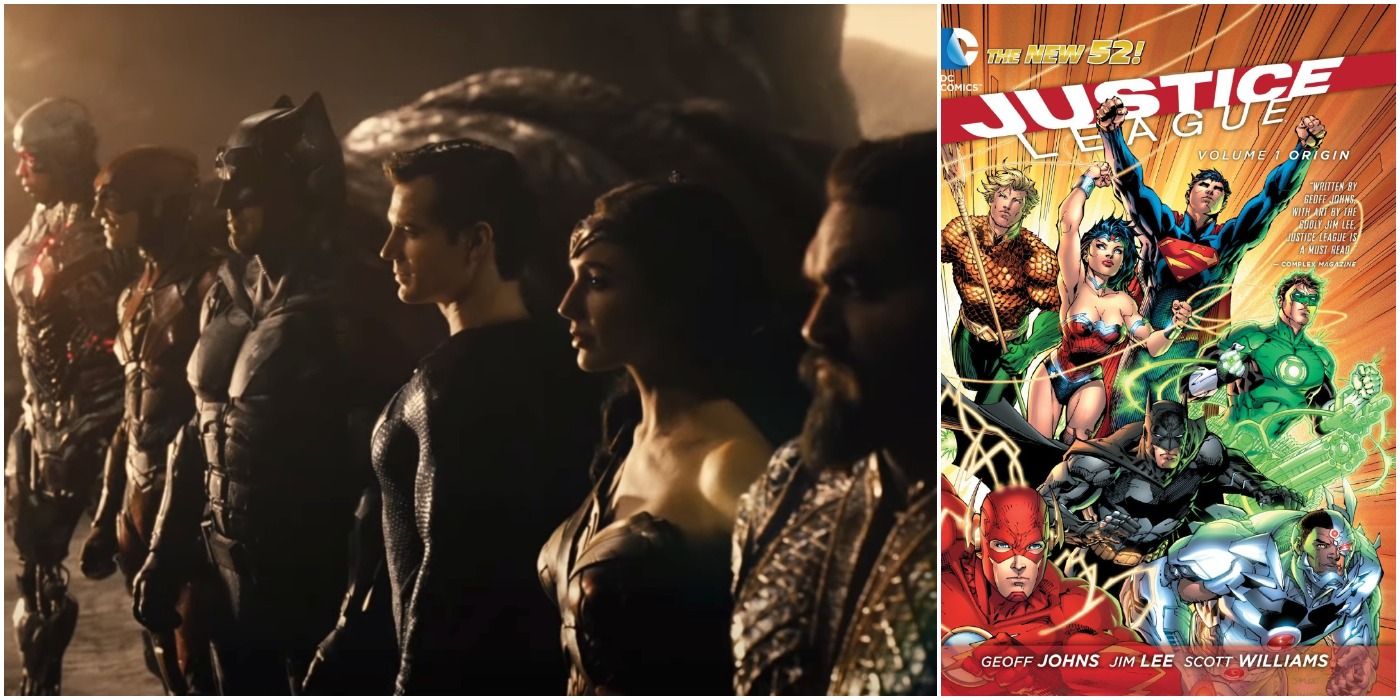
When DC rebooted the DC Universe in 2011 with the New 52, Geoff Johns and Jim Lee relaunched Justice League with a "back-to-basics" approach. The League assembles in their classic line-up (albeit with Cyborg replacing Martian Manhunter) to fight off an invasion led by Darkseid.
Made when The Avengers was still forthcoming, the comic practically reads like a movie pitch. Though Snyder and Johns, to put it mildly, ultimately found themselves at a crossroads with their respective visions for the DCEU, Snyder's Justice League shares many similarities with Johns and Lee's comic, particularly in the role of Cyborg.
1 Snyder's Unrealized Plans Resemble "Final Crisis"
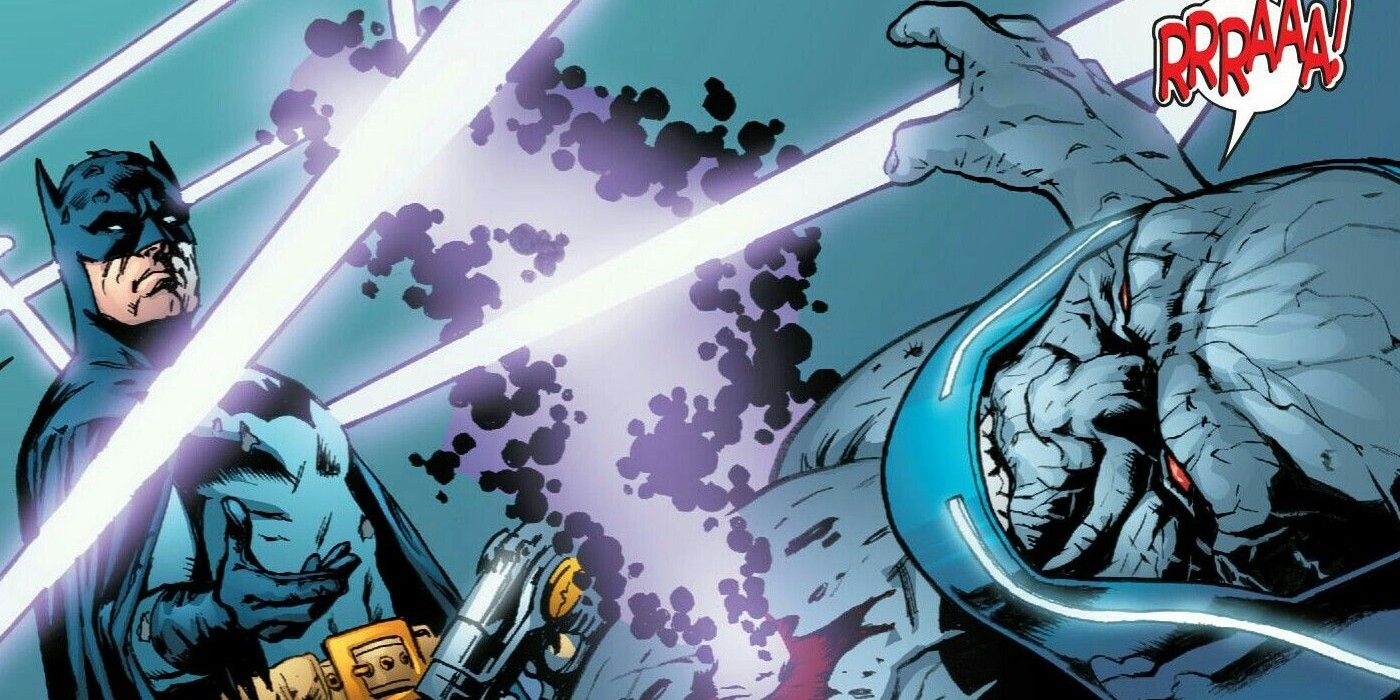
Snyder's unrealized plans echo another of Grant Morrison's DC stories - "Final Crisis." In Morrison's story, Batman sacrifices his life to defeat Darkseid, and Bruce Wayne is succeeded by Dick Grayson with Damian Wayne in the role of Robin. Snyder's unrealized plans for Justice League sequels follow a similar beat -- Bruce defeats Darkseid, losing his own life in the process, then is eventually succeeded as Batman by his son (in Snyder's original, un-filmed take, this would be a child Bruce had with Lois Lane while Superman was dead).
0 Comments